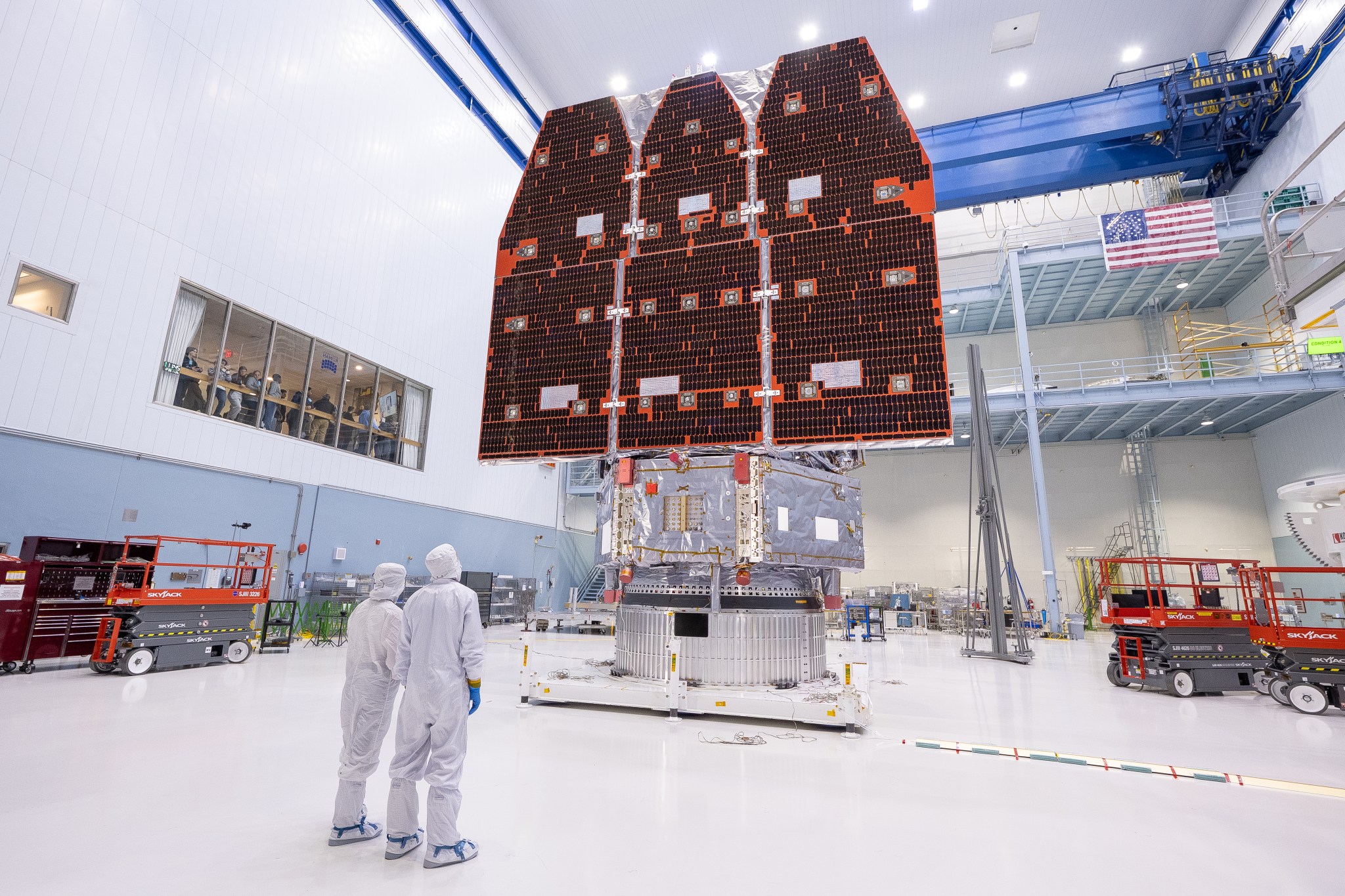No one keeps time quite like NASA.
Last month, the space agency's next-generation atomic clock was joined to the spacecraft that will take it into orbit in late 2017.
That instrument, the Deep Space Atomic Clock was developed by NASA's Jet Propulsion Laboratory in Pasadena, California. On Feb. 17, JPL engineers monitored integration of the clock on to the Surrey Orbital Test Bed spacecraft at Surrey Satellite Technology in Englewood, Colorado.
Timekeeping plays a critical role in spacecraft navigation and will be especially important for future deep space missions. This clock will be smaller, lighter and magnitudes more precise than any atomic clock flown in space before.
Most spacecraft are tracked using "two-way" methods: the ground-based antenna 'pings' the spacecraft and waits for the signal to return. By measuring how long the signal takes to travel, the distance to the spacecraft can be calculated. A navigation team then processes this information to determine the spacecraft's flight path and determine if any course corrections are required.
The clock enables "one-way" tracking, where the spacecraft doesn't need to send the signal back to Earth. The tracking measurements could be taken onboard and processed with a spacecraft-based navigation system to determine the path and whether any maneuvers are needed to stay on course.
This will be a key advance for safely navigating future human exploration of the solar system by providing astronauts with their position and velocity when they need it. It will lighten the load on the antennas in NASA's Deep Space Network, allowing more spacecraft to be tracked with a single antenna.
The Deep Space Atomic Clock would also improve the precision and quantity of the radio data used by scientists for determining a planet's gravity field and probing its atmosphere.
The Deep Space Atomic Clock project is managed by JPL and funded by the Technology Demonstration Mission in NASA's Space Technology Mission Directorate (STMD). STMD is responsible for developing the cross-cutting, pioneering, new technologies and capabilities needed by the agency to achieve its current and future missions.
For more information about the clock, visit:
For more information about NASA's Technology Demonstration Mission, visit:
News Media Contact
Andrew Good
Jet Propulsion Laboratory, Pasadena, Calif.
818-393-2433
andrew.c.good@jpl.nasa.gov
2017-078
from News and Features http://ift.tt/2njv6Wx
via IFTTT


No comments:
Post a Comment